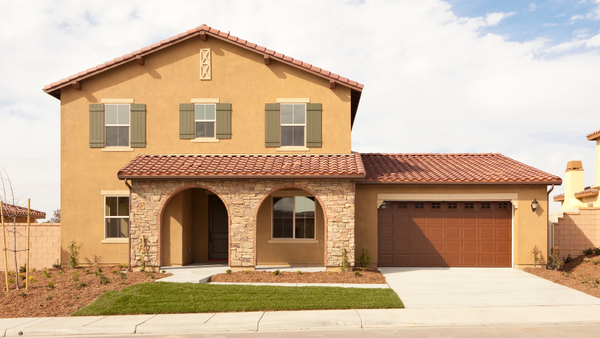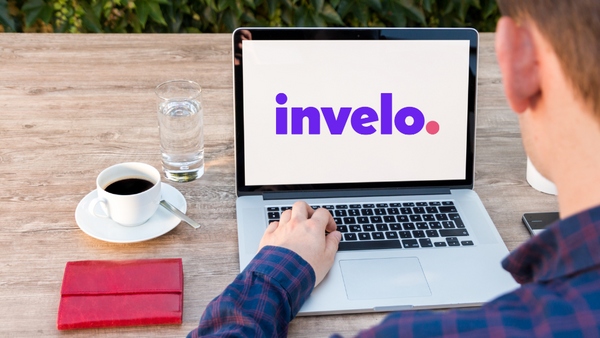Investing in real estate offers numerous strategies to maximize returns and build wealth over time. Two popular approaches are "fix and flip" and "buy and hold." Each strategy comes with its own set of advantages and considerations, making it crucial for real estate investors to understand the key differences before deciding which path to pursue. Let’s dive into the nuances of fix and flip and buy and hold strategies, exploring their pros, cons, and factors to consider when selecting the most suitable approach for your goals as a real estate investor.
Fix and Flip Real Estate Investing
Fix and flip refers to purchasing a property, renovating it, and then quickly selling it for a profit. This strategy appeals to investors seeking shorter-term investments and those with a knack for identifying undervalued properties with potential for improvement.
Here are some key points to consider before you ‘Fix & Flip’:
1. Profit Potential: Fix and flip investments can yield substantial returns if executed successfully. By purchasing distressed properties at a lower price, making strategic renovations, and selling at a higher price, investors can capitalize on market appreciation and the increased desirability of a renovated property.
2. Quick Turnaround: Unlike buy and hold investments, fix and flip projects have a shorter investment horizon. This allows investors to realize profits relatively quickly and move on to the next project.
3. Active Involvement: Fix and flip projects demand active involvement from investors. This includes overseeing renovations, managing contractors, and monitoring the real estate market closely to identify optimal selling opportunities. Active involvement can be rewarding but also requires time, effort, and a solid understanding of the local market dynamics.
4. Higher Risk: The fix and flip strategy entails a higher level of risk compared to buy and hold. Renovation costs may escalate, unexpected issues can arise during the renovation process, and market conditions may change, affecting the property's resale value. Thorough due diligence and risk management are essential to mitigate potential setbacks.
Learn more about the 10 Best Types of Fix and Flip Loans

Buy and Hold Real Estate Investing
Buy and hold involves purchasing properties with the intention of holding them over an extended period, generating income through rental payments, and benefiting from long-term appreciation. This strategy suits investors looking for steady cash flow, potential tax advantages, and the opportunity for property value appreciation.
Let's explore the key aspects of a ‘Buy & Hold’ strategy:
1. Steady Income Stream: Buy and hold properties generate consistent income through rental payments, providing a reliable cash flow for investors. This income can be used to cover expenses, mortgage payments, and potentially generate a passive income stream.
2. Long-Term Appreciation: Real estate has historically shown appreciation over time, making buy and hold investments a potential avenue for capital growth. Investors can benefit from both market-driven appreciation and property value enhancement through effective property management and upgrades.
3. Tax Advantages: Owning rental properties brings various tax benefits. Expenses related to property maintenance, repairs, and mortgage interest can be tax-deductible. Additionally, property depreciation can provide further tax advantages.
4. Passive Involvement: Compared to fix and flip, buy and hold investments generally require less active involvement on a day-to-day basis. While effective property management is crucial, once a rental property is stable and tenanted, investors can delegate the day-to-day tasks to property managers.
5. Market Fluctuations: Buy and hold investments are more resilient to short-term market fluctuations. Property values may experience ups and downs, but investors can ride out market downturns by continuing to earn rental income and waiting for the market to stabilize or recover.
Factors to Consider
When deciding between fix and flip and buy and hold strategies, several factors should be taken into account:
1. Financial Resources: Fix and flip projects often require a higher initial investment, including acquisition costs and renovation expenses. Buy and hold investments, on the other hand, typically involve a more substantial down payment but offer potential long-term income.
2. Risk Tolerance: Fix and flip investments carry a higher risk due to their shorter time frame and market volatility. Buy and hold investments provide more stability but are subject to long-term market conditions.
3. Time Commitment: Fix and flip demands active involvement throughout the renovation process, while buy and hold allows for a more passive real estate approach once the property is stabilized.
4. Investment Goals: Consider your long-term objectives. Fix and flip can offer quick profits, while buy and hold provides steady cash flow and potential appreciation over time.
PRO TIP: If you're ready to do real estate investing, you'll need a great tool to manage leads and run marketing campaigns. Give Invelo a try for free.
Fix and flip and buy and hold strategies offer distinct advantages and considerations for real estate investors. Understanding the differences, assessing your financial resources, risk tolerance, time commitment, and investment goals are crucial steps in making an informed decision. Both strategies can be lucrative when executed well, and some investors may even choose to incorporate both approaches in their portfolio. By carefully evaluating the factors at hand, investors can choose the strategy that aligns best with their objectives and maximizes their chances of success in the dynamic world of real estate investment. Happy investing!
Have you heard? Invelo is everything you need to grow your real estate investing business!







